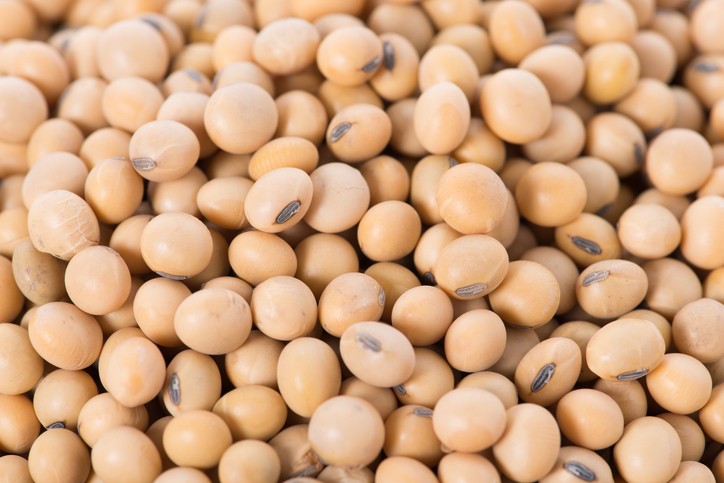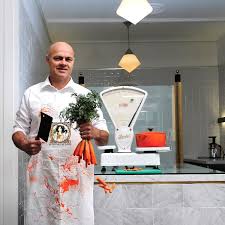
A good indicator whether a niche market has become mainstream is to look at the merger and acquisition activities. In the last few years, major food companies have acquired growing companies in the meat alternative sector. According to livekindly.com, in 2016, there were just four global plant-based acquisitions, whereas there were seventeen in 2017.Some notable acquisitions included Daiya Foods, which was bought by Otsuka, a Japanese pharmaceutical company for US$405 million. Nestle, the giant food company bought vegan food company, Sweet Earth Food so that they can continue to expand their healthy food range.
Other companies are considering to raise their capital by the capital market instead of selling to bigger companies. An example is Beyond Meat Inc, which was covered earlier.
The road of plant-based meat from a niche food to a large market can be observed from the case of Vegetarian Butcher, a Dutch company which was recently acquired by Unilever, the food giant. Its main challenge has been to produce meat products from plants that are both visually appetizing and tasteful.
Vegetarian Butcher
The eight-year-old company was founded by Jaap Korteweg, and a business partner, Niko Kofferman, a Dutch Senator from the Party for the Animals, which champions animal rights and welfare. The company collaborated with scientists at Wageningan University , who had been working on substitutes for a long time.

Soybean is a major component of its many recipes. It also uses other bases. For example, a “ filet American” is made from wheat. A Bloomberg report by Mark Ellwood on September 14th, 2018, reported that Vegetarian Butcher’s facility uses many machines familiar to traditional mat processing. In addition, the company is developing special machines for processing plant-based meat. Most of the meat substitutes are produced by cooking specific kinds of bean until its proteins are denatured. The resulting slurry is then passed through an extruder. As it emerges from the nozzle, this bean paste expands, resulting in a spongy mass that can then be flavoured. The challenge is texture: it is almost impossible using this method to evoke the muscle and fibre in a steak. The company has successfully developed a processing machine that can be programmed to mimic protein, be it fish, chicken or pork, up to 1,000 times more precisely than extrusion. There is no limit to the size of the resulting vegan steak-they can be printed by the foot.
The difference between vegan and vegetarian
According to Alina Petre of healthline.com, vegetarian diets have been reportedly around as early as 700 BC. Several types exist and individuals may practice them for a variety of reasons, including health, ethics, environmentalism and religion.
The most common types of vegetarian include:
- Lacto-ovo- vegetarians: Vegetarians who avoid all animal flesh and eggs but do consume dairy products and egg products.
- Lacto vegetarians: Vegetarians who avoid animal flesh and eggs, but do consume dairy products.
- Ovo vegetarians: Vegetarians who avoid all animal products except eggs.
- Vegan: Vegetarians who avoid all animal products and animal-derived products.
Those who do not eat meat or poultry but do consume fish are considered pescatarians, whereas part-time vegetarians are often referred to as flexitarians. Although sometimes considered vegetarians, pescatarians and flexitarians do eat animal flesh. Therefore, they do not technically fall under the definition of vegetarianism.
Note:
The next article will focus on market for plant-based meat.